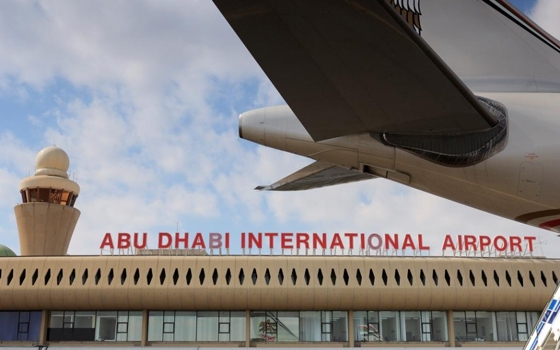A multi-billion-dollar redevelopment plan for Abu Dhabi International Airport (ADIA) is expected to help the facility handle a rising number of passengers as well as assist the emirate in establishing a position as a regional aviation hub.
In June, airport officials announced that the $3.2bn Midfield Terminal Complex (MTC) would be operational by the third quarter of 2017. The 700,000-sq-metre development, which will include a terminal building, passenger and cargo facilities, and shops and restaurants, is set to boost annual capacity by 30m passengers, bringing the airport’s total to 47m.
The MTC project is part of a larger $6.8bn re-development of ADIA that has already seen the completion of a third terminal and the addition of second runway.
Growth in air traffic has paralleled the expansion in facilities. According to figures from the Abu Dhabi Airports Company (ADAC), passenger numbers at the airport grew at a compound annual growth rate (CAGR) of 18.5% between 2006 and 2011, and the company forecasts a CAGR of 7.9% up to 2020.
Recent statistics from the ADAC suggest that the airport is on track to meet these goals. The airport served 5.2m passengers during the first four months of 2013, a year-on-year (y-o-y) rise of 14%, with the number of flights increasing 9.5% over the same period. Cargo traffic rose by 20.2% y-o-y, the ADAC added, with volumes reaching 209,880 tons for the January-April period.
The biggest jump came in April and March, when more than 1.3m passengers used the airport each month, up 15% and 8.6% respectively on last year’s performance.
The airport has also had success in attracting additional operators, and six new airlines opened services in 2012, including RAK Airways, Alitalia and Rotana Jet. Etihad Airways, based at ADIA, has also added routes, including most recently Sao Paolo, Brazil, its first South American destination.
Part of the reason for Abu Dhabi’s strong performance in recent years has been expansion in the broader regional aviation market. The Middle East – and the Gulf states in particular – has weathered the global recession better than countries in the West, and links to Asian markets have supported growth.
As James Hogan, CEO of Etihad Airways, told OBG, “The most obvious development in the market has been first-time travellers coming from the growing middle classes in China and India,” he told OBG. “In India alone, the middle class is expected to expand by 200m people in the next eight years.”
According to the International Air Transport Association, the Middle East will lead the industry in 2013, having forecast an average 15% rise in passenger numbers for the region, almost three times the global rate.
The market may be growing quickly, but it is also competitive. In addition to Etihad, two other major Gulf carriers, Qatar Airways and Emirates, are vying for the same east-west transit business, and on the face of it they have similar offerings and hubs that are close together. While this is not necessarily a problem in itself – after all, several major air hubs in Europe, such as Amsterdam and Frankfurt, are in fairly close proximity – this factor does enhance competition.
But with infrastructure investments set to boost capacity at ADIA, Abu Dhabi may well be able to establish a role as a transit center. Moreover, recent additions of carriers and route expansion by Etihad will likely bring more visitors to the emirate, which could in turn boost its tourism sector and the economy more generally.
Oxford Business Group
30 July






















































